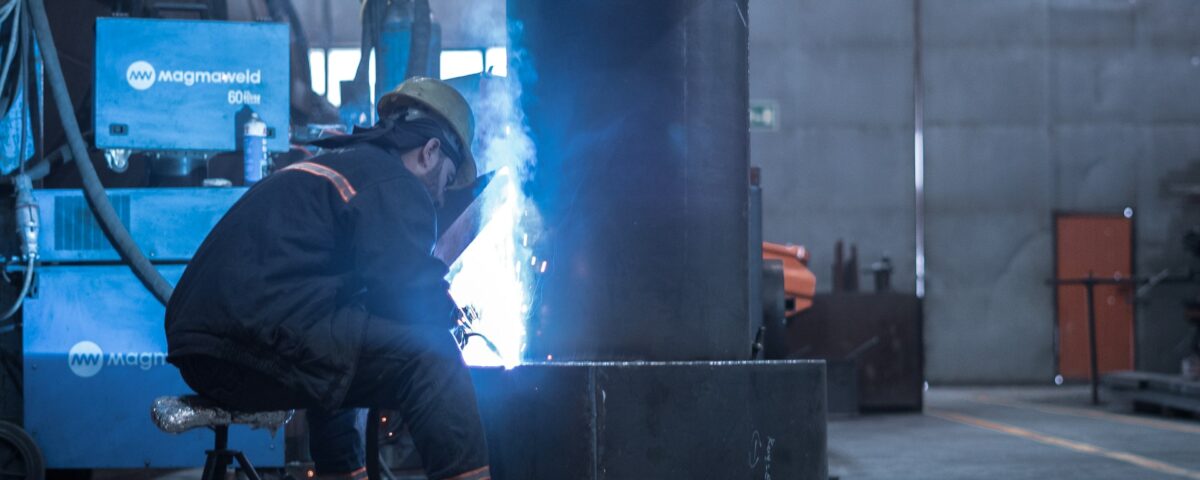Kuwait is located in a seismically active region, although it’s not as prone to earthquakes as some other areas like the Pacific Ring of Fire. However, the construction of buildings in Kuwait can still be influenced by seismic considerations due to the potential for earthquakes. Here are some ways in which buildings construction in Kuwait may be affected:
- Building Codes and Standards: Kuwaiti authorities typically enforce building codes and standards that incorporate seismic design provisions. These codes aim to ensure that structures can withstand the forces generated by earthquakes to a certain extent. Buildings in Kuwait are designed and constructed with consideration for seismic loads, which may involve specific engineering techniques and materials.
- Structural Design: Engineers design buildings in Kuwait to resist seismic forces by implementing various structural measures. This may include the use of reinforced concrete or steel frames, shear walls, bracing systems, and other seismic-resistant features. The design process considers factors such as the local seismic hazard, soil conditions, building height, and occupancy to determine appropriate structural solutions.
- Site Selection and Soil Analysis: Before construction, site selection and soil analysis are crucial steps in assessing seismic risk. Engineers evaluate the geological and geotechnical characteristics of the site to understand how the soil and underlying geology may affect the building’s response to seismic shaking. Certain soil types, such as loose or liquefiable soils, can amplify seismic waves and increase the risk of structural damage.
- Quality Control and Construction Practices: During construction, quality control measures ensure that buildings are constructed according to approved design plans and specifications. Proper construction practices, including adequate material quality, reinforcement placement, and construction techniques, are essential for achieving seismic resilience. Inspection and testing procedures help verify compliance with seismic design requirements.
- Awareness and Preparedness: While earthquakes may not be as frequent in Kuwait compared to some other regions, raising awareness about seismic risk and promoting earthquake preparedness among residents, building owners, and construction professionals is important. Education on safety measures, emergency response procedures, and retrofitting options can help mitigate the potential impact of earthquakes on buildings and occupants.
Overall, while Kuwait may not experience frequent or large earthquakes, the construction of buildings in the country still takes seismic considerations into account to enhance structural resilience and ensure the safety of inhabitants and infrastructure.





